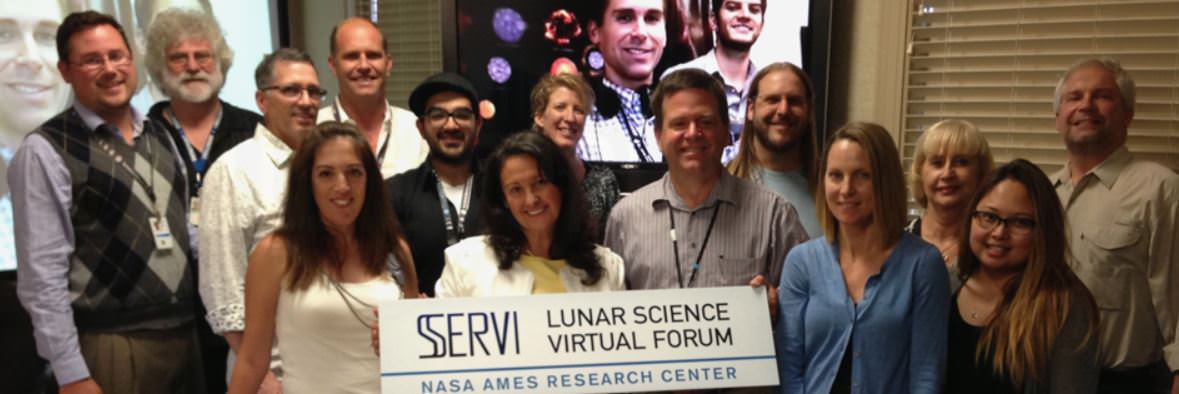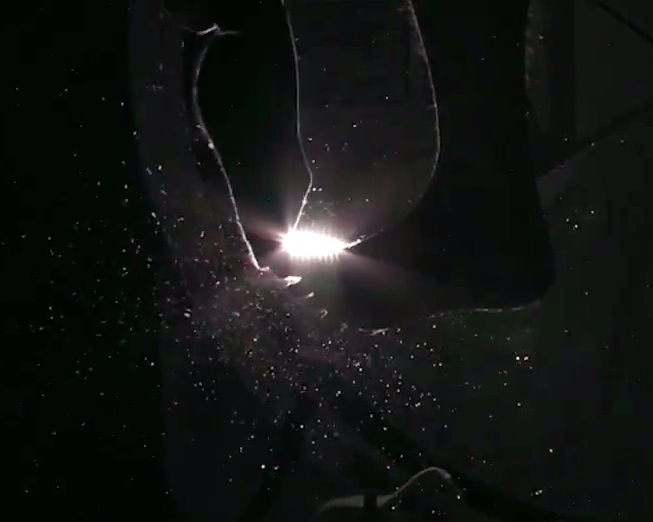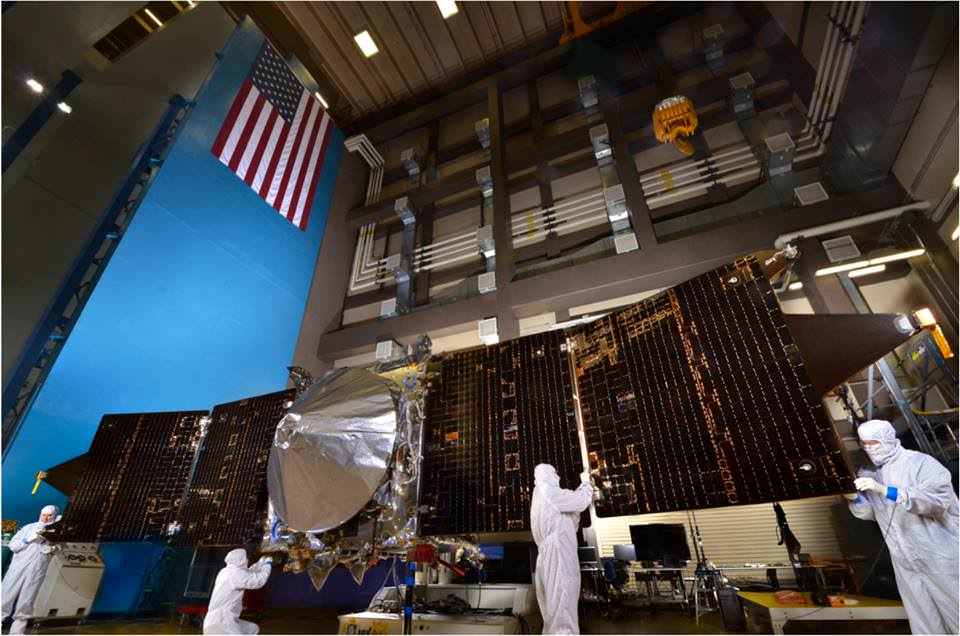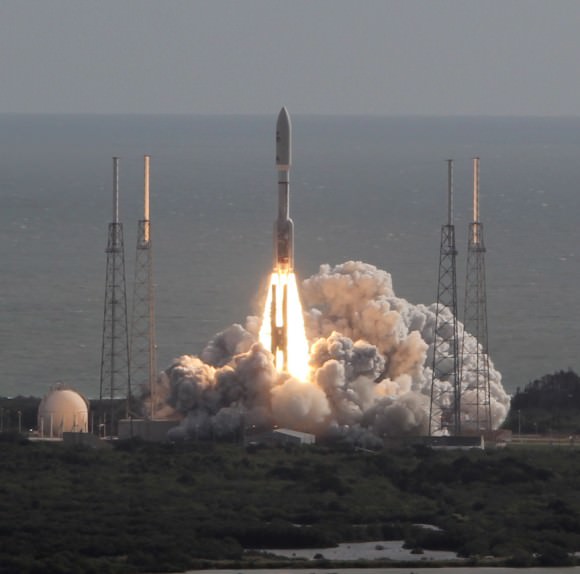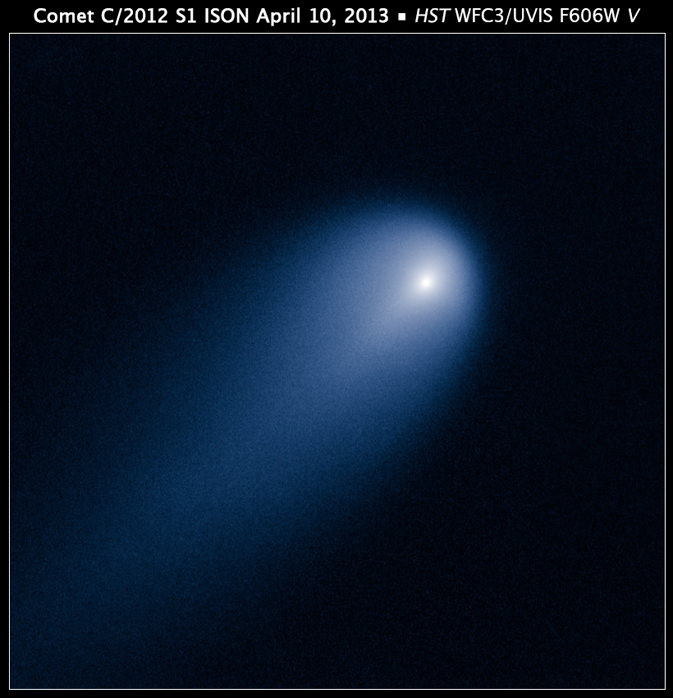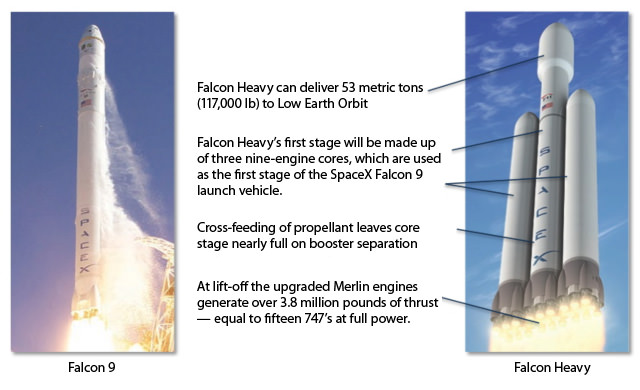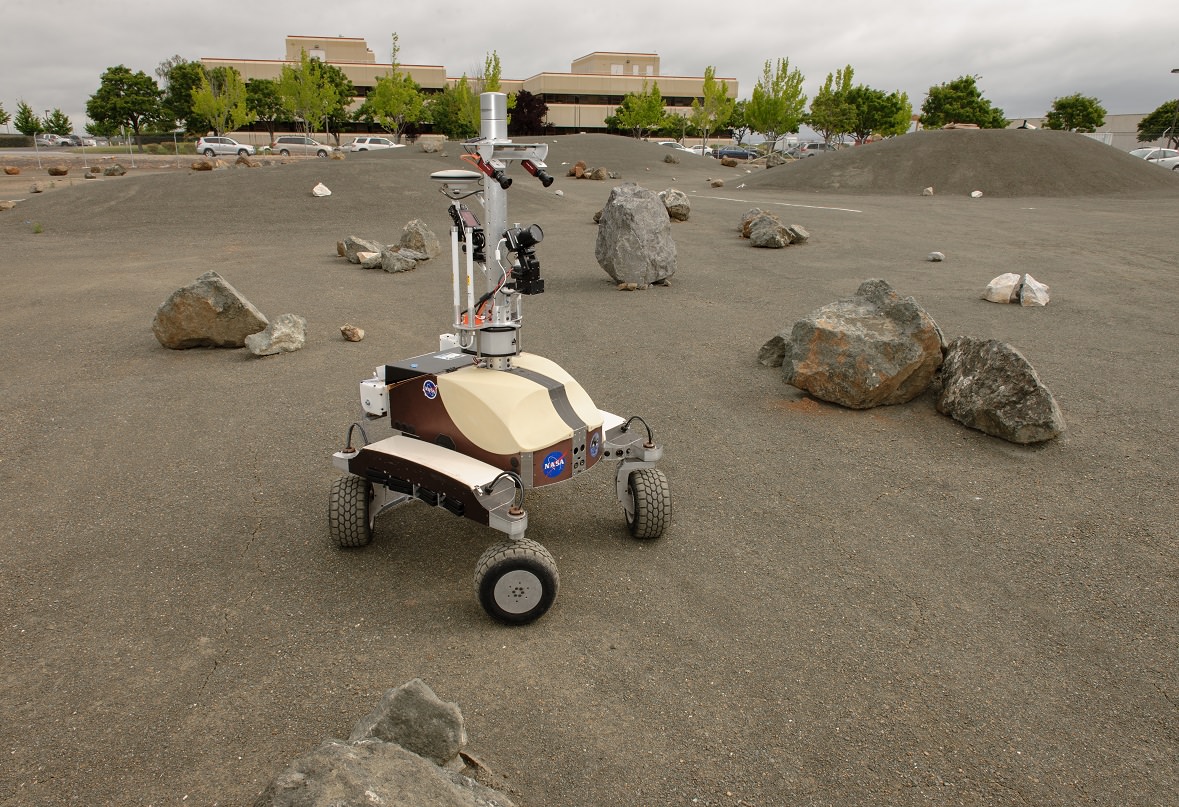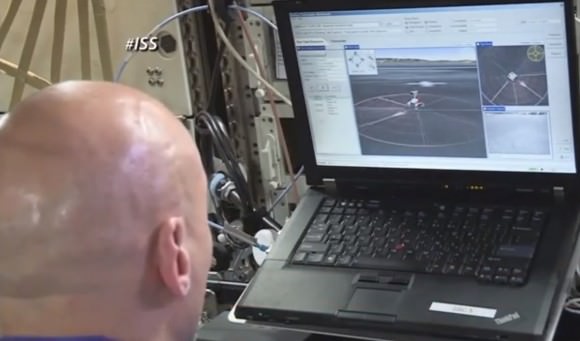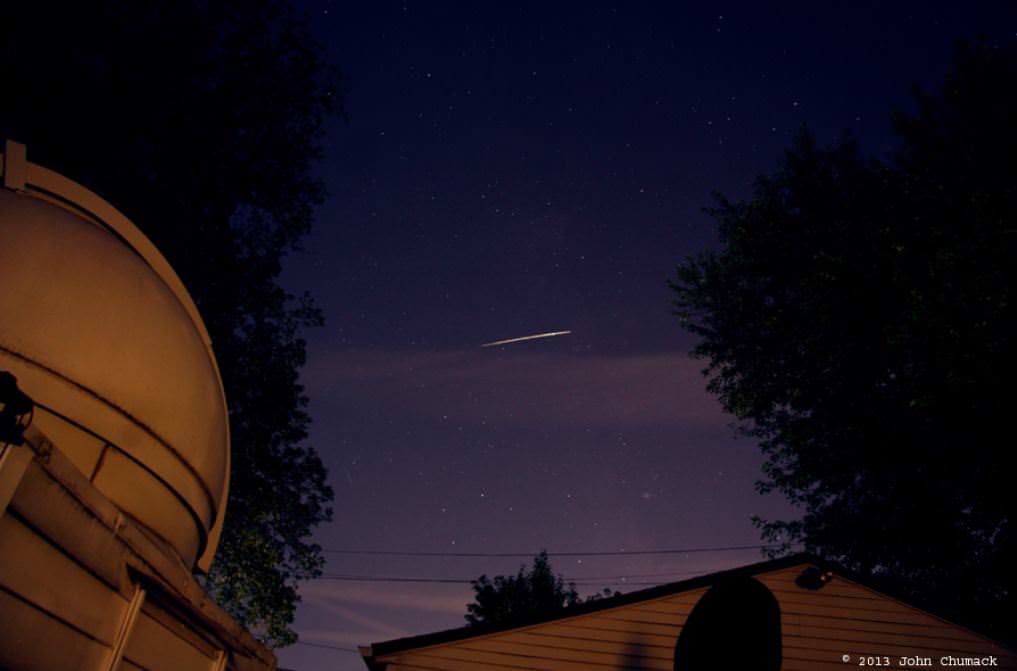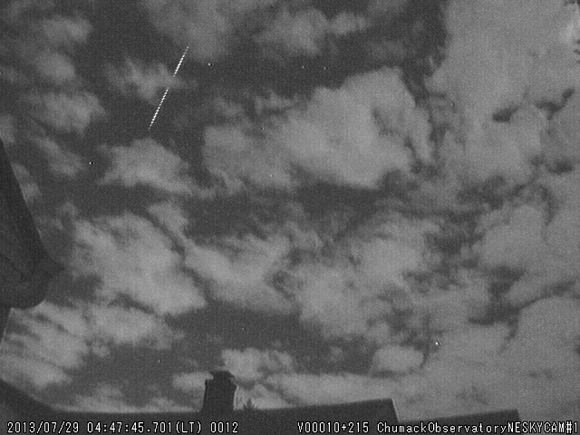Back in 2008 when NASA was looking to return to the Moon with the Constellation Program, the NASA Lunar Science Institute was established to bridge the science and exploration communities and promote lunar research. Now that NASA is looking at destinations such as asteroids and Mars, as well as the Moon, NLSI will be expanding its reach as well.
It starts with a new name that reflects a broader area of research.
“Our new name is a long one, it’s called the Solar System Exploration Research Virtual Institute, or SSERVI,” said Yvonne Pendleton, the director of NLSI/SSERVI, in a podcast interview with me for the Institute. “It is going to expand beyond our interest of the Moon to include not only the Moon but also near Earth asteroids and the moons of Mars, Phobos and Deimos.”
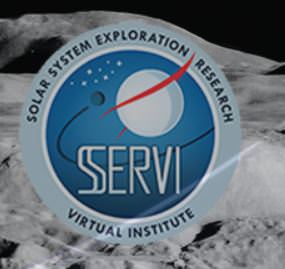
Pendelton said the new institute is going to be an expansion upon NLSI, which has been very successful in promoting research and collaboration as well as providing opportunities and support for students.
There were seven different science teams that comprised NSLI, each studying different aspects of the Moon, and for SSERVI there will seven teams as well. Pendleton said they’ve received proposals from many different scientists and “hubs” who are all vying for the seven spots that will make up the new institute. They are currently looking at the proposals and will make a decision and announcement by early October.
“We’re excited about our new teams,” Pendleton said. “There could be some teams from the ‘old’ NLSI, but we’ll definitely have new teams that focus on asteroids and the moons of Mars.”
Pendleton said the change came about because NASA wanted the community to know that “we are now about more than just the Moon. While the Moon is still very important, the name ‘NASA Lunar Science Institute’ sounded so focused on the Moon that people might not realize that our scope has expanded.”
This came from a prompting from John Grunsfeld from NASA’s Science Mission Directorate and Bill Gerstenmaier from the Human Exploration Missions Directorate who decided that a better name was needed. There was an extensive process where they took suggestions for the new name from scientists and the public.
“We hope this is a name that everyone will start to remember — it is a bit of a mouthful to say at first,” Pendleton admitted, “but just think about it as a virtual instate that studies the Solar System, along with the exploration and research that we need to do before we go.”
Pendlton noted that NLSI was also a virtual institute and in many ways pioneered the technology and collaboration tools that will be used for SSERVI.
“NLSI was modeled after the NASA Astrobiology Institute, which the very first virtual instead that NASA had,” Pendleton said. “We are just expanding upon that and using the virtual communications tools as a means to be very inclusive and invite everyone to the table so we can join communities together — in this case exploration and science communities — so that we can ask the right questions and find the best answers before we go to any of these target destinations.”
In fitting with the name “Virtual Institute” this year’s annual Lunar Forum conference was a virtual conference, held completely online with parallel scientific sessions, poster sessions, student lightning round talks and other featured sessions held entirely over the Internet with interactive chat.
A big part of the reason for doing it “virtually” this year was the US budget sequestration and NASA travel restrictions that have been imposed, and while the virtual conference worked well, Pendleton said nothing can replace a conference where scientists have the chance to see each other, collaborate and discuss concepts in person.
But one benefit of having it all online is that all the talks and presentations have been archived at the NLSI/SSERVI website where you can watch anytime and learn more.
To hear more about SSERVI, you can listen to the entire podcast at the 365 Days of Astronomy website here, and it will soon be posted on the NLSI/SSERVI podcast page here.

